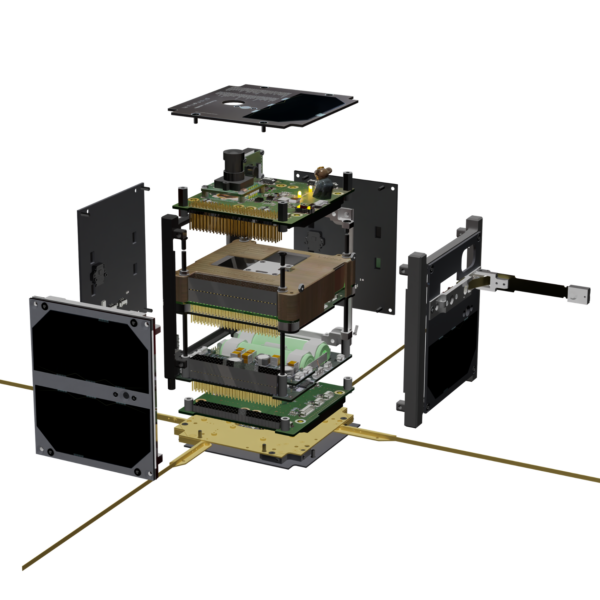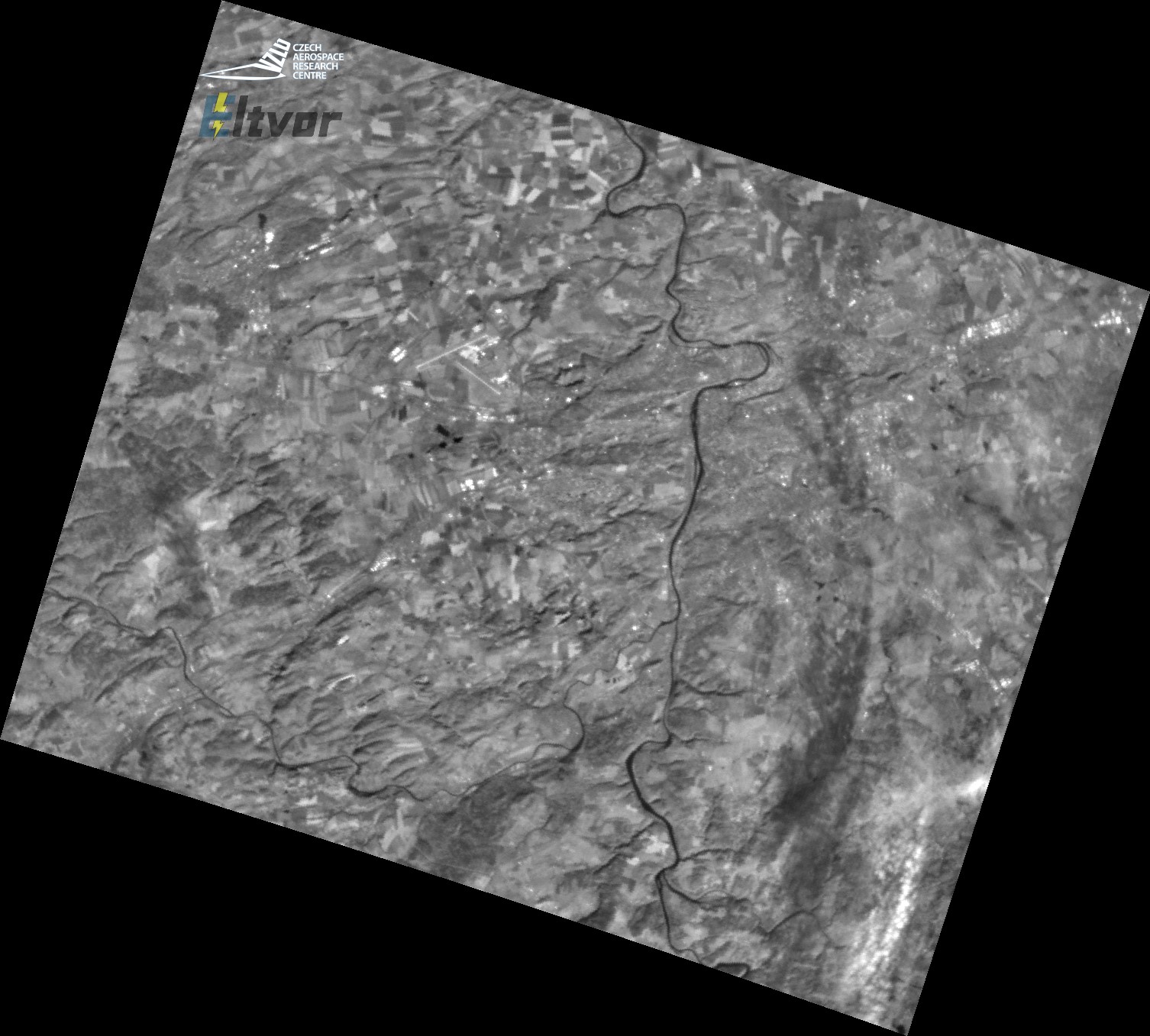Advancing Small Satellite Technology at the Czech Aerospace Research Centre
2020 - Present
The Czech Aerospace Research Centre (VZLU) has achieved a significant milestone in small satellite development, successfully capturing the highest-resolution images of Prague ever taken from a CubeSat platform. This achievement demonstrates the growing capabilities of miniaturized space systems and Czech excellence in aerospace engineering.
The Challenge of Small Satellites
When most people think of satellites, they picture large, car-sized machines floating through space. But there's a revolution happening in the satellite industry: CubeSats, satellites so small you could hold them in your hands, are changing how we access space.
The challenge? Making these tiny satellites perform like their bigger cousins. As a Guidance, Navigation, and Control Engineer, my role is to give these small spacecraft the ability to point precisely at their targets and maintain stable orbits - essential capabilities for any successful space mission.
Racing Against Time
One of our most exciting projects was developing an Attitude and Orbit Control System (AOCS) computer for a 1U CubeSat - imagine a satellite the size of a coffee mug. We had just seven months to go from initial design to flight-ready hardware. For perspective, space projects typically take years to complete.
Working under such tight constraints taught us valuable lessons about rapid development while maintaining the rigorous standards required for space flight. Every component needed to be tested, every line of code verified, and every possible failure mode analyzed - all while the launch date loomed closer.

The Art of Control
Getting a satellite to point exactly where you want it might sound simple, but in space, it's an intricate dance of physics and engineering. Our control systems need to account for:
- Magnetic field of Earth and Satellite itself
- Atmospheric drag
- The satellite's own internal movements
Capturing the Perfect Shot
The culmination of our work came when our 3U CubeSat (about the size of three stacked coffee mugs) captured stunning images of Czechia from orbit. This required the satellite to maintain incredibly precise pointing accuracy - any slight tremor or drift would result in a blurry image.
The photos now stand as testament to what small satellites can achieve with precise control systems. They show not just the beauty of our country from space, but also demonstrate Czech engineering excellence in the growing small satellite industry.

Future horizons
As we continue developing next-generation satellites, each project brings new challenges and opportunities. Whether it's extending mission lifetimes, improving pointing accuracy, or developing new capabilities, we're constantly pushing the boundaries of what small satellites can do.
Our work at VZLU is part of a larger story - the democratization of space. By making satellites smaller and more capable, we're opening up new possibilities for science, Earth observation, and space exploration. And with each successful mission, we're proving that you don't need a massive satellite to achieve impressive results.
Links:
Planetim-1 Satellite
VZLUSAT-2 Satellite
Inspiring Computing Podcase Episode